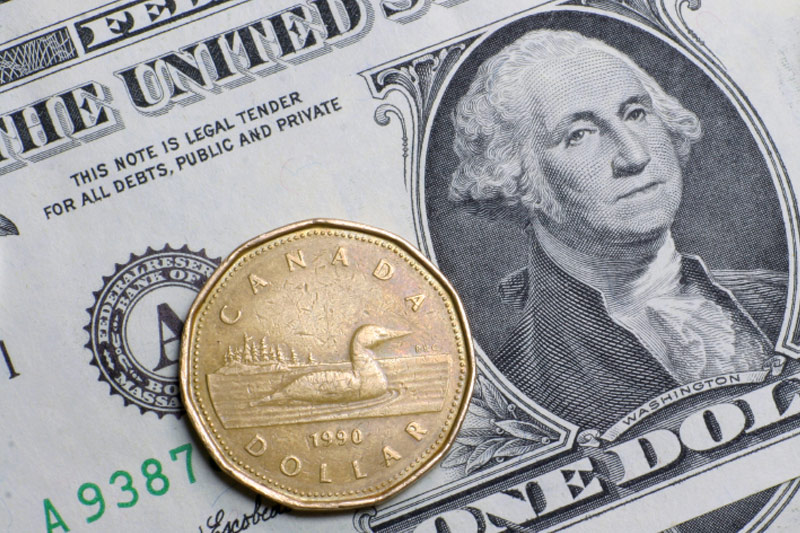Investing.com - The U.S. edged higher against its Canadian counterpart on Tuesday, after positive U.S. personal spending and income data and a downbeat economic growth report from Canada.
USD/CAD hit 1.3079 during early U.S. trade, the session high; the pair subsequently consolidated at 1.3075, adding 0.21%.
The pair was likely to find support at 1.2906, the low of May 26 and resistance at 1.3135, the high of May 25.
The U.S. Commerce Department said that personal spending climbed by 1.0% last month, above expectations for a gain of 0.7%. Personal spending for March rose 0.1%.
Personal income, meanwhile, rose by 0.4%, in line with forecasts and after rising 0.4% a month earlier.
The dollar has remained broadly supported since Federal Reserve Chair Janet Yellen said on Friday that it would be appropriate for the central bank to raise rates “gradually and cautiously” in the coming months if the economy and the labor market continue to pick up as expected.
Meanwhile, Statistics Canada reported on Tuesday that the country’s gross domestic product fell 0.2% in March, compared to expectations for a 0.1% slip and after a 0.1% fall the previous month.
Year-on-year, GDP rose 2.4% in the three months to March, disappointing expectations for a 2.9% increase and up from a growth rate of 0.5% in the last quarter of 2015, whose figure was revised from a previously estimated 0.8%.
The loonie was lower against the euro, with EUR/CAD rising 0.39% to 1.4591.
In the euro zone, Eurostat reported earlier that consumer price inflation fell by 0.1% this month, in line with forecasts, and following a final reading of a 0.2% drop in April.
Core CPI, which excludes food, energy, alcohol, and tobacco costs increased by 0.8% in May, also in line with expectations and up slightly from 0.7% a month earlier.
